AIYIMA is introducing new products at an increasingly fast pace, with newer devices often offering features that make them stand out. Such is the case with the new AIYIMA A70, which sports XLR connectors so you can connect it to a balanced DAC or a professional audio interface that feature balanced outputs. The amplifier is small and has a unique design that sets it apart from the usual flat box style.
Disclaimer: AIYIMA provided a free unit for the purpose of this review. The A70 retails for $169.99; you can add $30 for a 5 A PSU or $50 for a 10 A one. Additional information on the company’s website. You can also find it on Amazon – click on the button below.
TL;DR: recap
| Pros |
Cons |
| + Very small
+ Unique, brick-like design + Great build quality + Neutral sound signature + Subwoofer output and crossover selector + Amazing value |
– The design doesn’t allow stacking |
Rating: 9.5/10
Packaging & Accessories
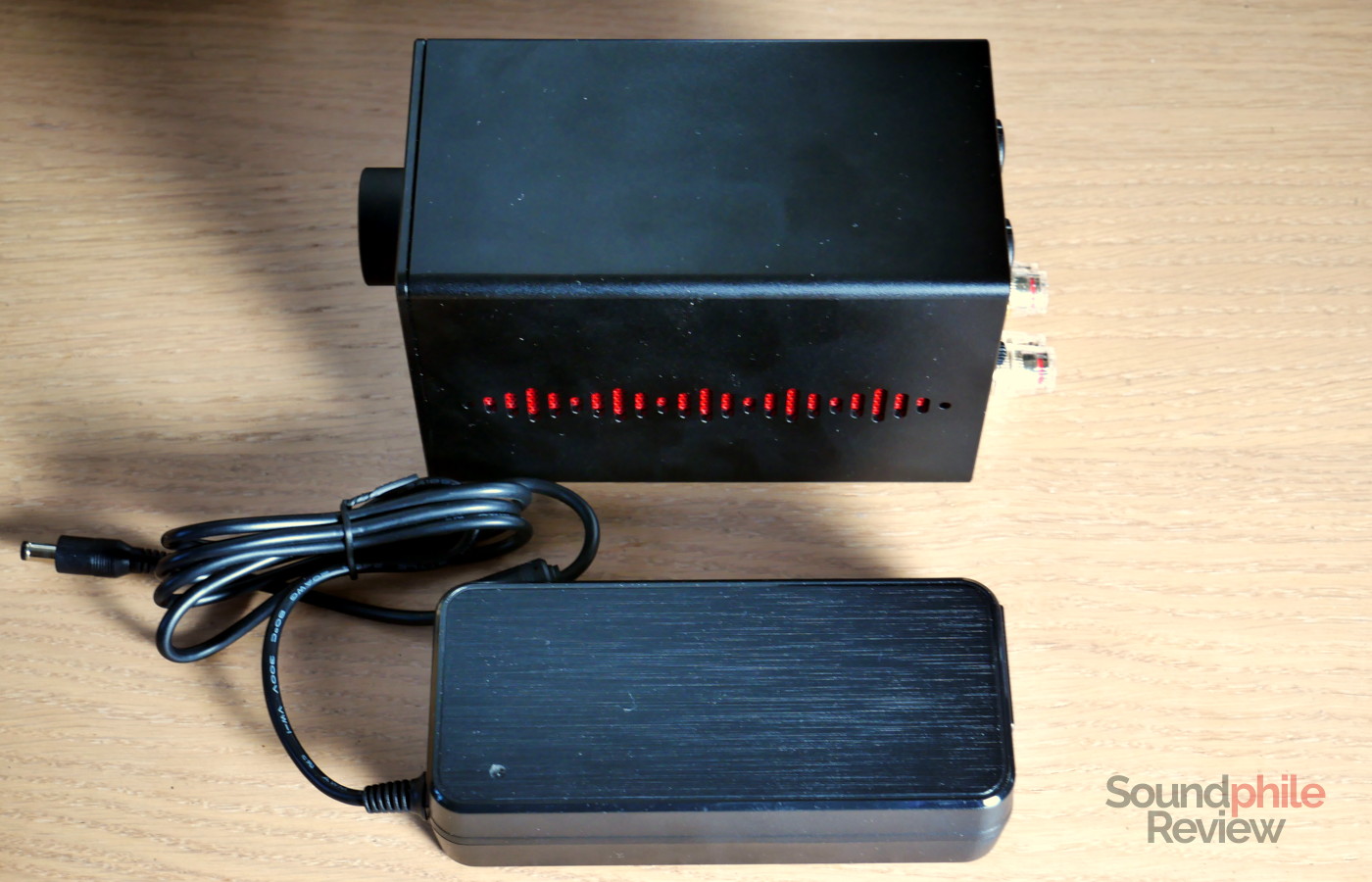
The A70 comes with basic accessories, which in practice mean that the box only holds the amplifier itself and the power supply with its own cable. It has to be noted that the power supply is external and is quite bulky.
Design & Build
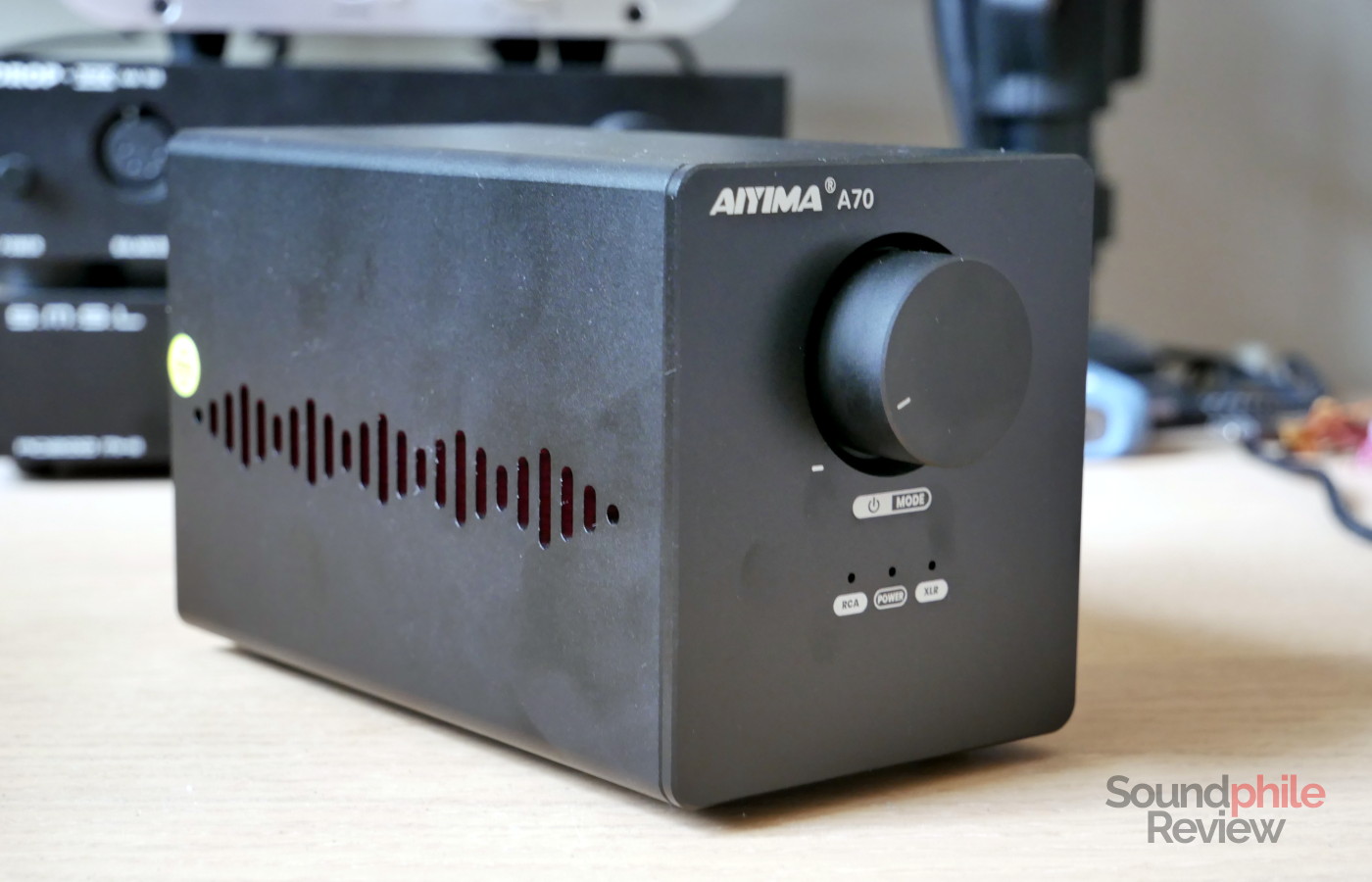
One thing that makes the AIYIMA A70 stand out is its design: it is not the usual short and wide rectangle, but an almost-square rectangle that sits vertically. This makes it very nice looking, but it also makes it impossible to stack anything else on top of it. The chassis is made of machined aluminium, with soundwave-shaped slits cut through the sides to allow for ventilation; they are covered with red-coloured grilles to prevent dust and particles from getting in.
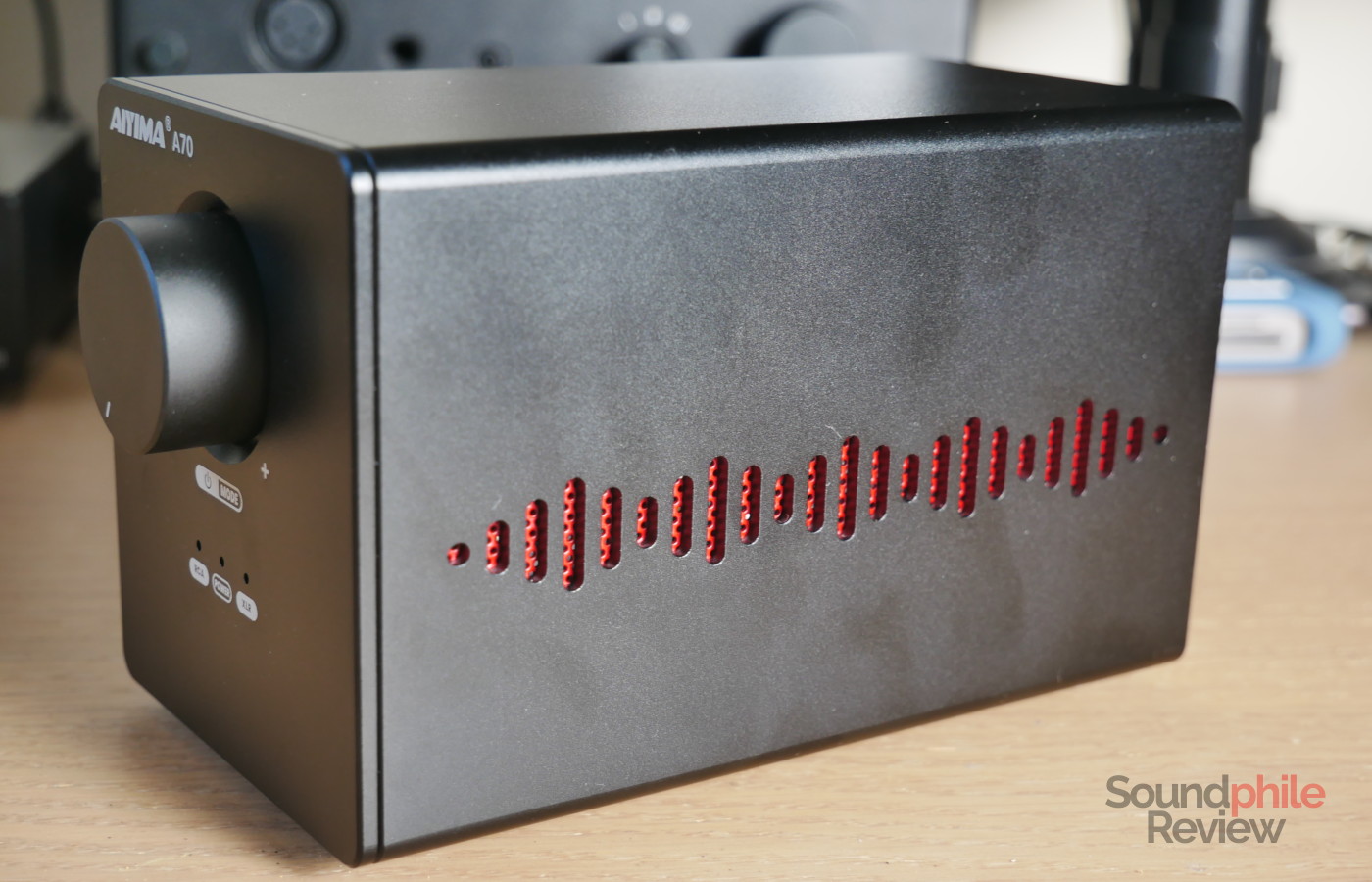
The front only features the volume knob and three LEDs; the knob can be pressed and also works as the power button, as well as the selector between the single-ended and balanced inputs. The three LEDs indicate which input is active, as well as if the unit is powered on. The back is more interesting, as we find two RCA and two XLR inputs, as well as a subwoofer output, a knob to adjust the crossover frequency, a 12 V trigger and a 3 dB RCA gain switch (to increase gain to the correct level in case you use the RCA input).
At 147 x 79 x 90 mm, the AIYIMA A70 is relatively small as amplifiers this powerful go. It fits really well not just in hi-fi racks, but on a desk, too, as it is small enough not to take away too much of that all-too-precious real estate. It is also very well assembled, with no comments to make about build quality (in a good sense!).
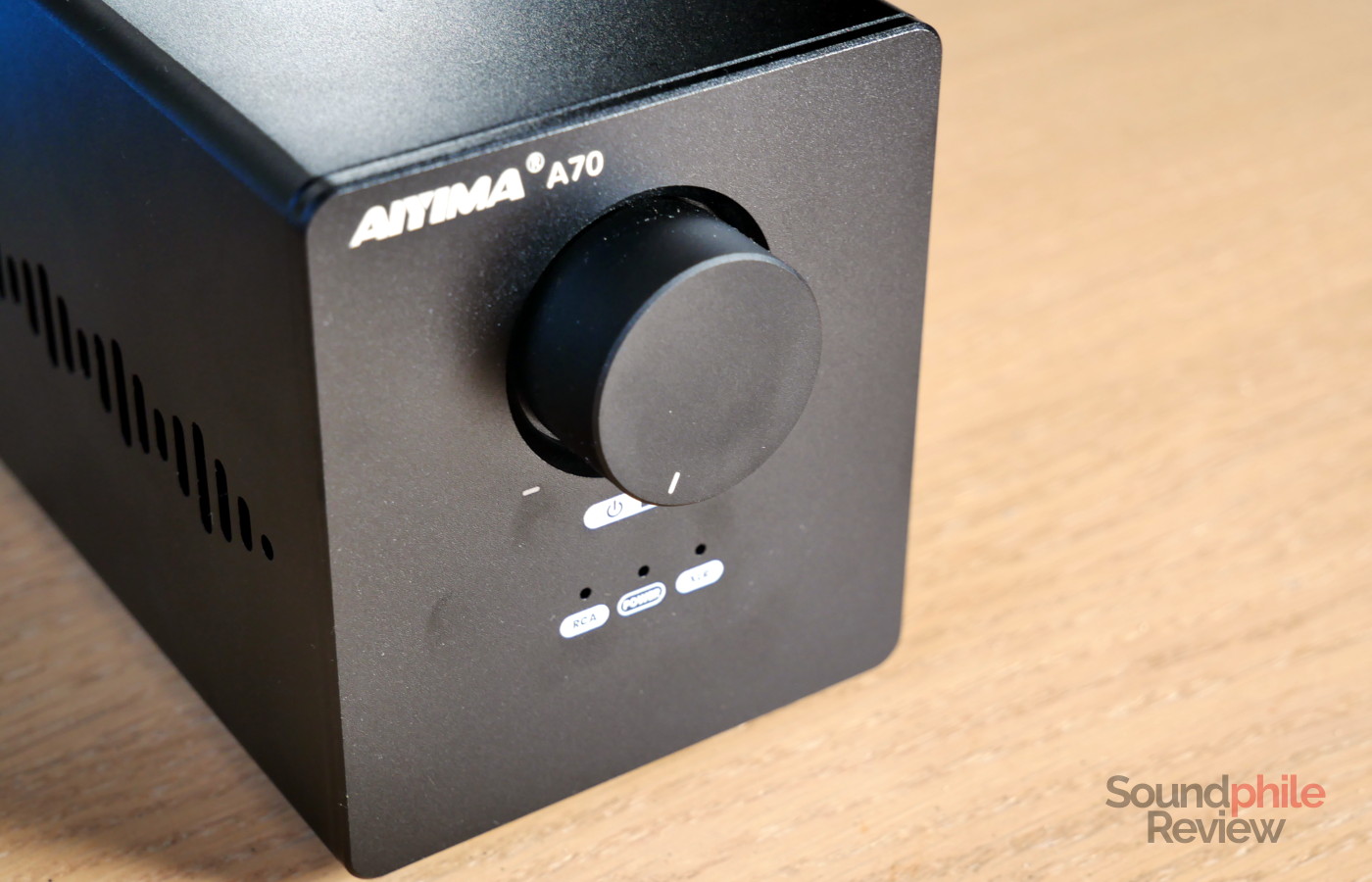
The knob turns very smoothly and has a very small imbalance zone – it starts at about 7 o’clock and it continues until about 8 o’clock, so get the correct channel balance almost immediately. The click to turn the device on and off, as well as to select the input, has to be very intentional as quite a bit of force is required. You need to press just briefly to turn the amplifier on, and to press and hold for a couple of seconds to turn it off; this is quite straightforward, but it takes some getting used to and, interestingly enough, if you press and hold while the device is off it doesn’t do anything.
Features & Specs
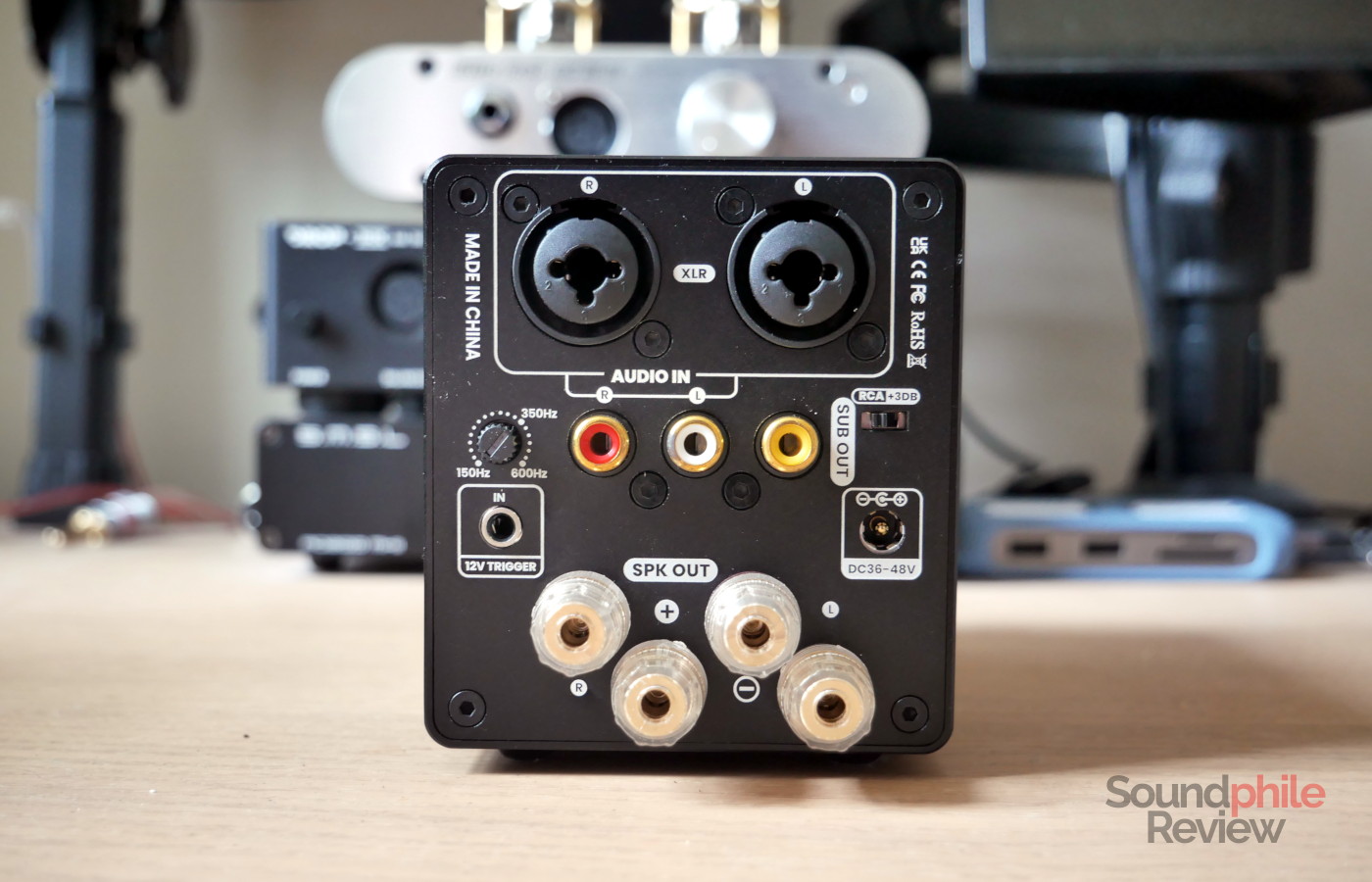
On top of the usual RCA input, the AIYIMA 70 supports balanced XLR input as well, which makes it possible to use it with balanced outputs offered by audiophile equipment as well as audio interfaces.
The sub crossover frequency can be set anywhere between 150 Hz and 600 Hz, depending on the specifics of your subwoofer and speakers, as well as the desired result.
The 12 V trigger input makes it possible to leave the amplifier on and then have the DAC turn it on and off automatically, if it has the corresponding 12 V output. In other words, if you have a compatible DAC (or another device which you use as input), you can then use the 12 V trigger to make it turn on and off the amplifier together with the DAC, so that you don’t have to do it manually (and separately from the DAC).
AIYIMA A70 |
| Input | RCA, XLR |
| Suitable speaker impedance | 4 – 8 Ω |
| Maximum output power | 315 W per channel (declared) |
| Frequency response | 20 – 20,000 kHz (±1 dB) |
| THD+N (@1 kHz) | < 0.0015% (@ 1 W) |
| SNR | > 116 dB |
| Crosstalk | N/A |
Much like every other amplifier I’ve tried based on the Texas Instruments TPA3255 amplifier chip, the AIYIMA A70 boasts an impressive output of 300 W per channel. This figure is, however, only theoretical, as you need a PSU that is able to give you that much power in order to achieve that result. With the 48 V PSU provided with the A70 you can achieve a total of 240 W, or 120 W per channel, as it offers 5 A of output. Compared to the previous products, the company has upped their game and is now offering 10 A power supplies, too, which allow you to get 240 W per channel (or 480 W in total).
Sound
I tested the AIYIMA A70 by having an SMSL DO400 as DAC and connecting a pair of ELAC DBR62 speakers.
The AIYIMA A70 sounds perfectly neutral, with no deviation whatsoever from the intended linearity; it offers no colouration of its own, which in turn means it will not alter the sound of your speakers (nor that of your music, of course), leaving you the opportunity to change that through other means such as equalisation.
As it has a lot of power available, it manages transients very well and offers great speed; you can also thank the high-quality discrete amplifier for this. This also means that details are clear and clean. Speaking of cleanliness, I couldn’t hear any background hiss or hum, so you get a very clean canvas.
Final Thoughts
For less than $200, the AIYIMA A70 offers a very large amount of power and it pairs it with a nice design, a size that is almost unbelievably small (given the power output…) and the additional flexibility afforded by the balanced XLR connection. While it only makes a difference with sound if you are running the cables for very long distances, it does give you the opportunity to use the outputs of higher-end DACs as well as of audio interfaces, which means you can use it to drive passive monitor speakers in a studio. Many people nowadays prefer active monitors, but the ability to use passive ones adds flexibility and choice. In that same vein, the subwoofer output allows you to add a sub and to control its behaviour directly from the amplifier through the integrated crossover, which adds further flexibility to your setup.
But that’s not the main aspect to consider here. The main aspect is that the AIYIMA A70 offers a neutral sound signature that makes it possible to pair it with virtually any speakers out there. It is a very capable amplifier which offers great value and which I recommend for beginners and seasoned audiophiles alike.

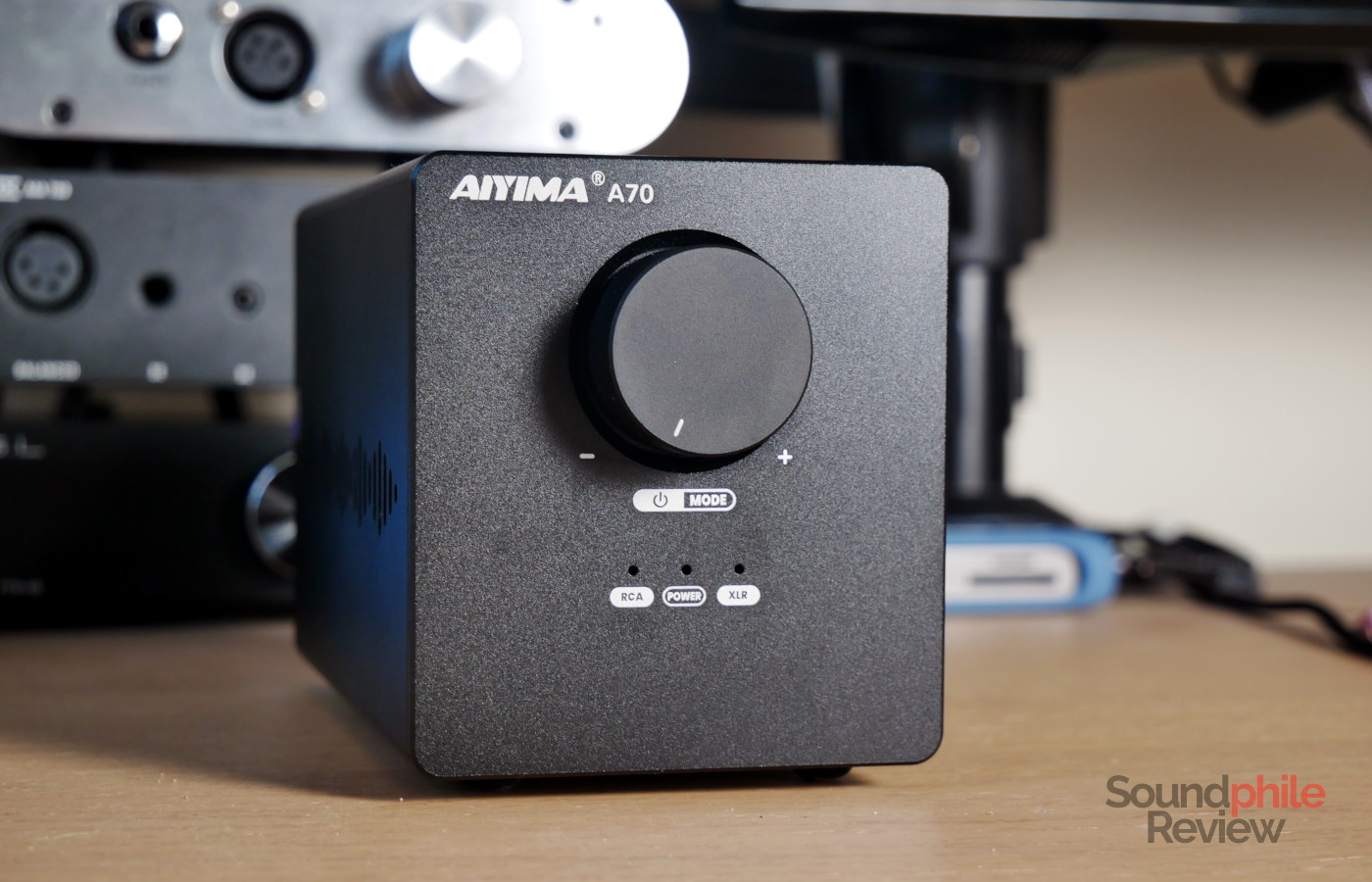


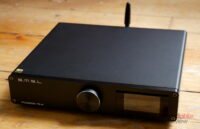
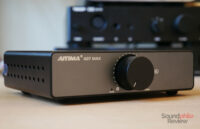
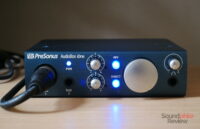
Mine failed after 15 months